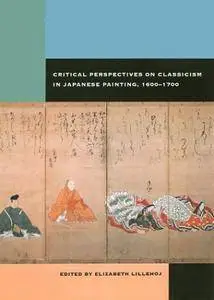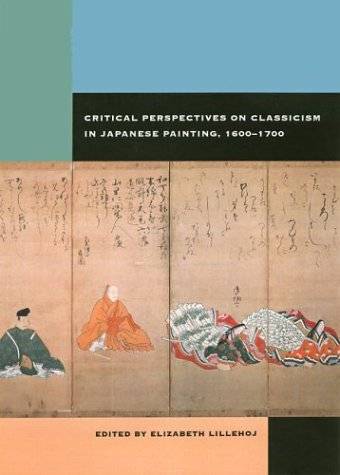Critical Perspectives on Classicism in Japanese Painting, 1600 - 1700 by Elizabeth Lillehoj
English | 2004 | ISBN: 082482699X | 312 Pages | PDF | 7.65 MB
English | 2004 | ISBN: 082482699X | 312 Pages | PDF | 7.65 MB
In the West, classical art - inextricably linked to concerns of a ruling or dominant class - commonly refers to art with traditional themes and styles that resurrect a past golden era. Although art of the early Edo period (1600-1868) encompasses a spectrum of themes and styles, references to the past are so common that many Japanese art historians have variously described this period as a "classical revival," "era of classicism," or a "renaissance." How did seventeenth-century artists and patrons imagine the past? Why did they so often select styles and themes from the court culture of the Heian period (794-1185)? Were references to the past something new, or were artists and patrons in previous periods equally interested in manners that came to be seen as classical? How did classical manners relate to other styles and themes found in Edo art? In considering such questions, the contributors to this volume hold that classicism has been an amorphous, changing concept in Japan - just as in the West. Troublesome in its ambiguity and implications, it cannot be separated from the political and ideological interests of those who have employed it over the years. The modern writers who first identified Edo art as classical followed Western notions of canonicity and cultural authority, contributing to the invention of a timeless, unchanging notion of Japanese culture that had direct ties to the emergence of a modern national identity. The authors of the essays collected here are by no means unanimous in their assessment of the use of the label "classicism." Several reject it, arguing that it distorts our perception of the ways early Edo artists and audiences viewed art. Still others are comfortable with the term broadly defined as "uses of" or "the authority of various pasts." Although they may not agree on a definition of classicism and its applicability to seventeenth-century Japanese art, all recognize the relevance of recent scholarly currents that call into question methods that privilege Western culture. Their various approaches - from stylistic analysis and theoretical conceptualization to assessment of related political and literary trends - greatly increase our understanding of the art of the period and its function in society.



